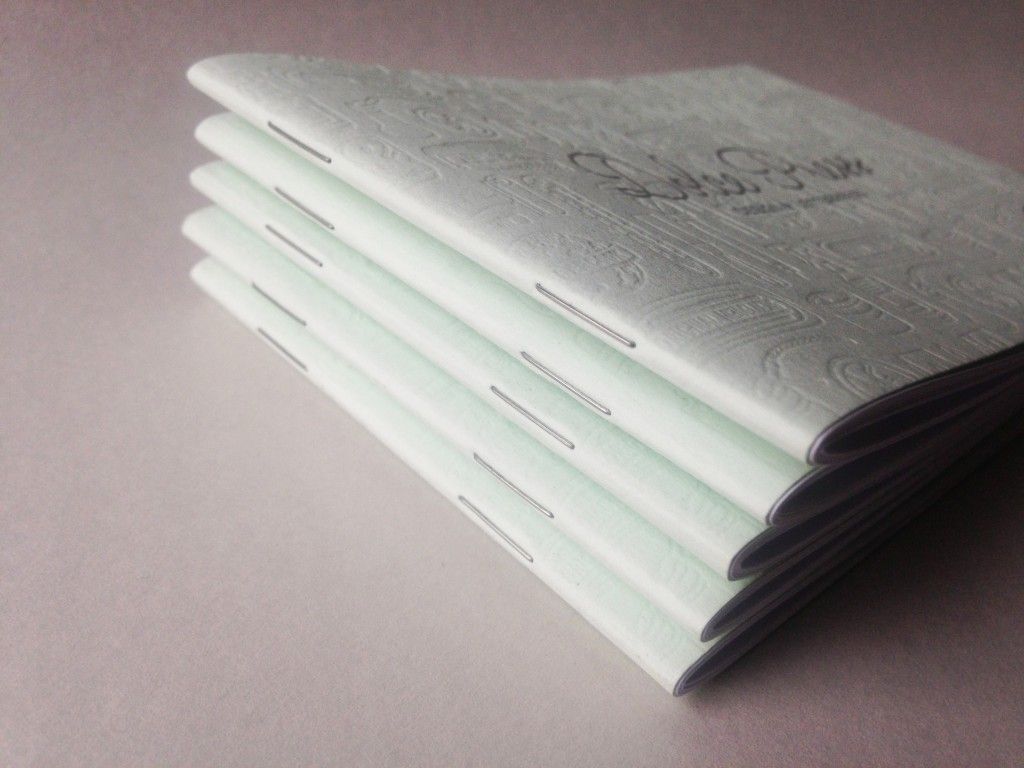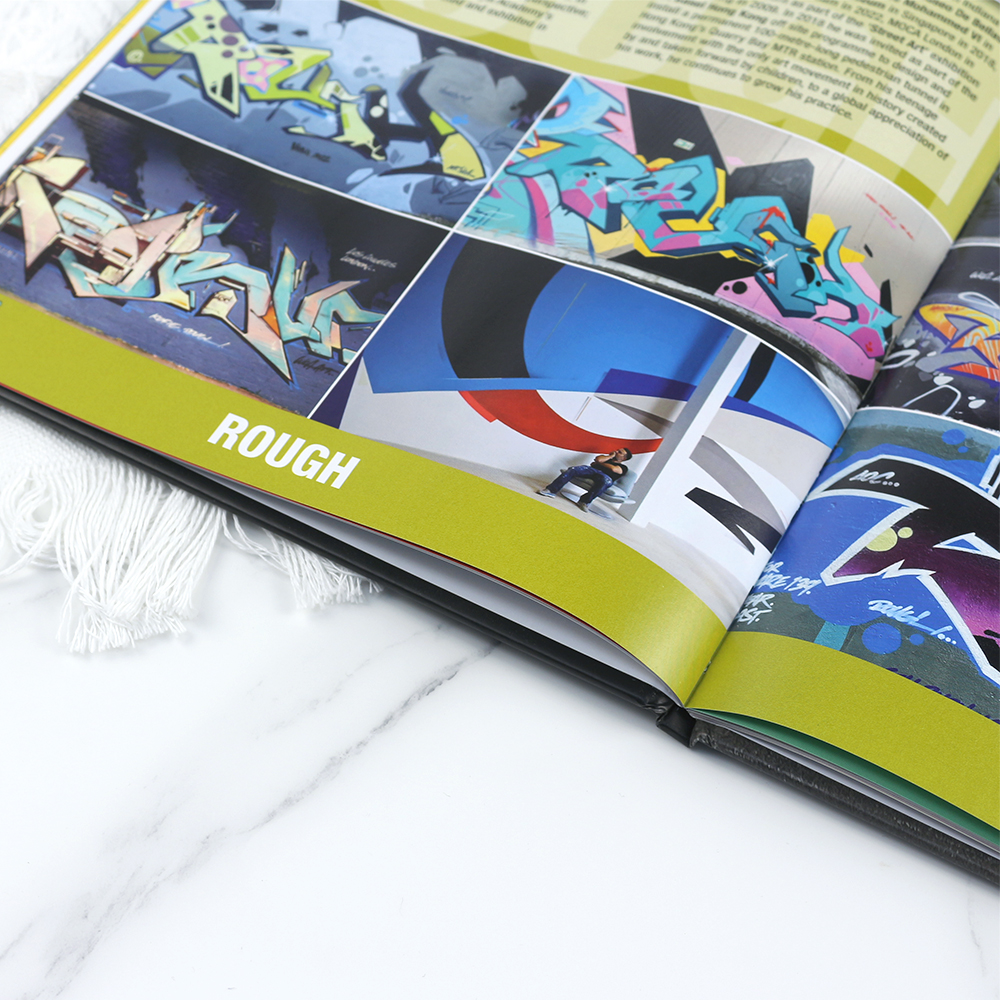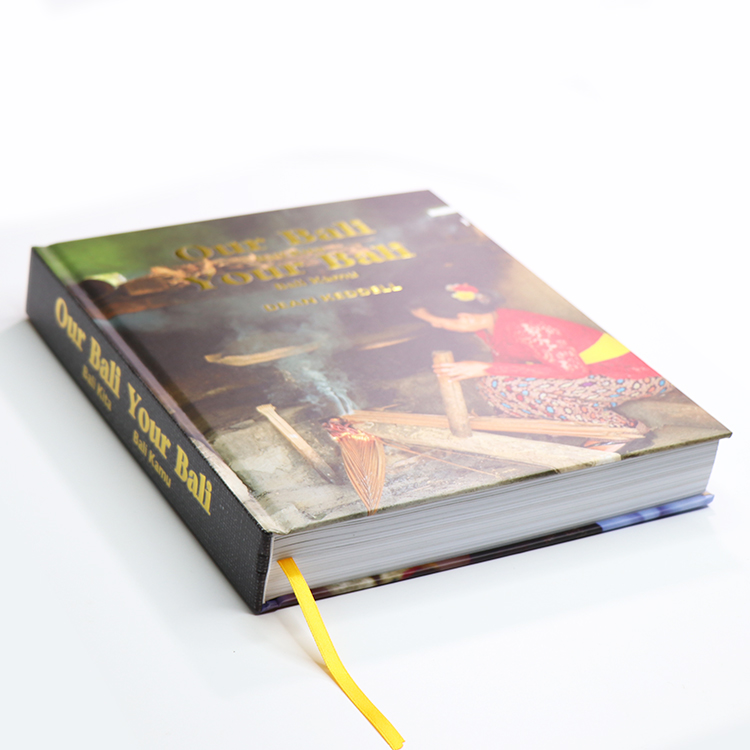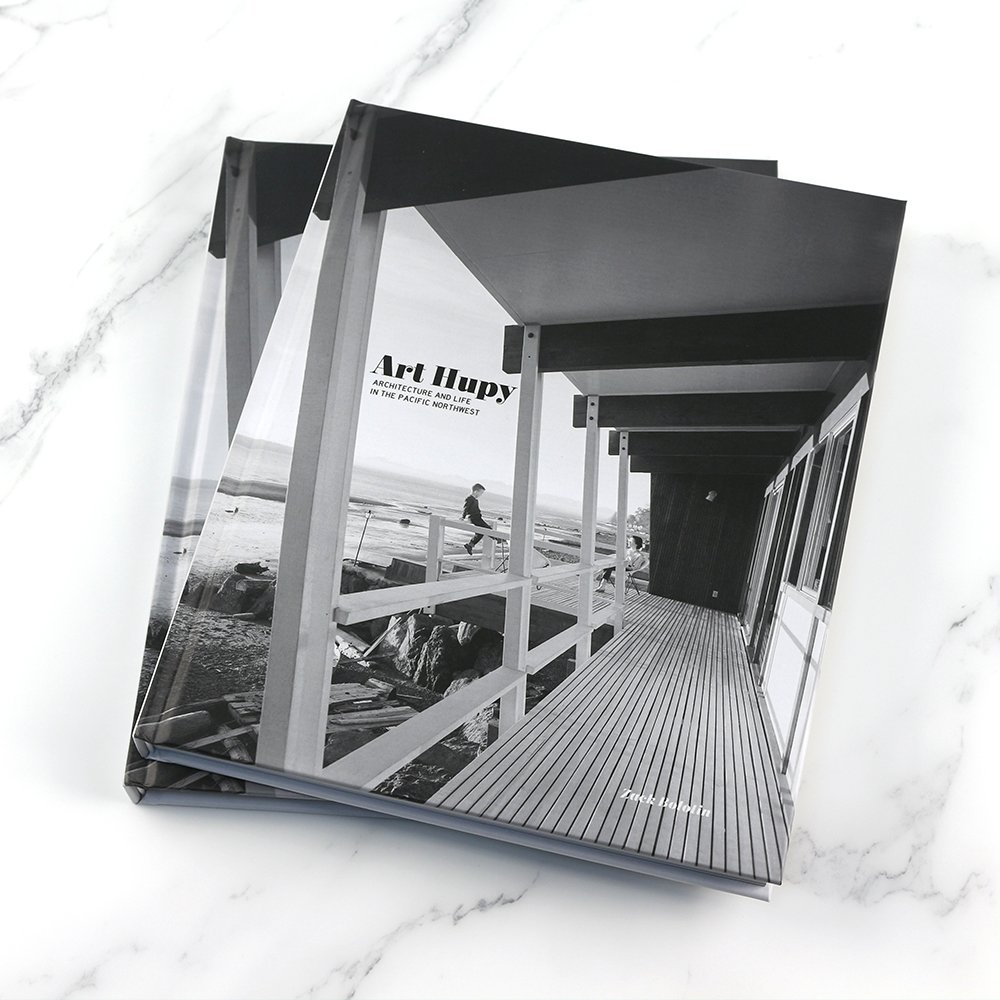책을 인쇄하는 데 드는 비용은 얼마인가요?
목차
책 인쇄 프로젝트를 시작할 때 저자와 출판사가 직면하는 첫 번째 질문 중 하나는 책을 인쇄하는 데 드는 비용이 얼마인가입니다. 책 인쇄 비용은 책 유형, 인쇄 수량, 페이지 수, 재료 및 사용된 인쇄 방법과 같은 수많은 요인에 따라 크게 달라질 수 있습니다. 처음 시작하는 저자나 출판 업계에 새로 입문한 저자의 경우 이러한 요소를 이해하는 것이 정보에 입각한 결정을 내리고 불필요한 비용을 피하는 데 중요합니다.
이 글에서는 책 인쇄 비용에 영향을 미치는 다양한 요소를 살펴보고, 가장 일반적인 가격 책정 구조에 대한 통찰력을 제공하며, 고품질 기준을 유지하면서 인쇄 비용을 최소화하는 방법에 대한 조언을 제공합니다. 하드커버, 페이퍼백 또는 하드커버 에디션을 인쇄하든, 이 가이드는 책 인쇄에 관련된 비용 세부 내용을 더 잘 이해하는 데 도움이 될 것입니다.
책 인쇄 비용에 영향을 미치는 주요 요소
책 인쇄 비용은 여러 변수에 의해 결정되며, 각각은 최종 가격에 중요한 역할을 합니다. 이 섹션에서는 인쇄 비용에 영향을 미치는 가장 중요한 요소에 대해 논의하여 필요에 따라 비용을 조정할 수 있는 곳을 파악하는 데 도움을 드립니다.
1. 인쇄 수량
책 인쇄 비용에 영향을 미치는 가장 큰 요인 중 하나는 인쇄하려는 사본 수입니다. 일반적으로 인쇄하는 책이 많을수록 단가가 낮아집니다. 대량 인쇄를 통해 제조업체는 설정 비용, 용지 재고 및 기타 생산 비용을 절약할 수 있어 대량 인쇄 시 책당 비용이 낮아집니다. 그러나 소규모 인쇄의 경우 설정 비용과 규모의 경제성 부족으로 인해 단위당 비용이 높아지는 경향이 있습니다.
2. 책 유형(양장본, 페이퍼백 또는 나선형)
인쇄하는 책의 종류도 가격에 큰 영향을 미칩니다. 하드커버 책은 일반적으로 표지와 제본 과정에 필요한 추가 재료 때문에 제작 비용이 더 많이 듭니다. 반면, 페이퍼백 책은 인쇄 비용이 더 저렴하여 예산이 부족한 저자나 출판사에게 선호되는 옵션입니다. 또한, 나선형 제본이나 기타 특수 형식의 책은 고려해야 할 고유한 가격 요소가 있습니다.
3. 페이지 수와 종이 품질
책의 페이지 수는 인쇄 비용의 중요한 결정 요인입니다. 페이지 수가 많을수록 종이와 잉크가 더 많아져 비용이 직접 증가합니다. 선택하는 종이의 종류도 중요한 요소입니다. 광택지나 두꺼운 종이와 같은 고품질 종이 재고는 전체 생산 비용을 높이는 반면, 표준 옵션은 최종 제품의 품질을 크게 떨어뜨리지 않고도 비용을 절감할 수 있습니다.
4. 책의 크기와 디자인의 복잡성
책의 크기는 가격을 결정하는 데 중요한 역할을 합니다. 사용자 정의 치수 또는 대형 책은 종종 추가 생산 비용이 발생하는 반면, 표준 크기는 비용을 낮추는 데 도움이 됩니다. 게다가 책 디자인의 복잡성(사용자 정의 일러스트레이션, 복잡한 레이아웃 및 표지 마감 포함)도 최종 가격에 영향을 미칩니다. 호일 스탬핑, 엠보싱 및 사용자 정의 코팅과 같은 특수 기능은 추가 기계 및 노동력이 필요하기 때문에 가격이 상승합니다.
5. 인쇄 방식 (오프셋 인쇄 대 디지털 인쇄)
인쇄 방법의 선택은 최종 비용을 결정하는 데 중요합니다. 오프셋 인쇄는 일반적으로 대량 인쇄(500부 이상)에 가장 적합한 옵션으로, 단위당 비용이 낮습니다. 그러나 오프셋 인쇄는 비싼 설정 비용과 긴 리드타임이 필요합니다. 반면, 디지털 인쇄는 소규모 인쇄에 더 비용 효율적이며 처리 시간이 더 빠릅니다. 단위당 디지털 인쇄는 오프셋보다 높을 수 있지만, 큰 사전 비용을 피할 수 있으며 한정판이나 테스트 시장에 더 나은 선택이 될 수 있습니다.
다양한 인쇄 실행에 대한 가격 비교
인쇄하는 책의 수에 따라 인쇄 비용이 어떻게 달라지는지 이해하는 것은 예산을 최적화하는 데 중요합니다. 아래는 다양한 인쇄 수량, 책 유형 및 마감에 따른 일반적인 가격 범위를 보여주는 가격 비교 표입니다.
| 인쇄 실행 크기 | 책당 가격 | 총 비용 (1,000부 기준) | 요인들 |
|---|---|---|---|
| 소량 인쇄 (500부 이하) | $6 – $15 | $6,000 – $15,000 | 더 높은 설치 비용과 용지 비용. 수량에 대한 유연성이 제한됨. |
| 중간 인쇄 부수(500~1,000부) | $3 – $6 | $3,000 – $6,000 | 더 저렴하고 규모의 경제성이 더 좋습니다. 여전히 맞춤화에 적합합니다. |
| 대량 인쇄(1,000부 이상) | $2 – $4 | $2,000 – $4,000 | 단위당 가장 낮은 비용. 대량 주문 및 대량 시장 유통에 이상적입니다. |
| 특수 기능(예: 호일 스탬핑, 엠보싱) | $1 – $3 책당 추가 | 추가 $1,000 – $3,000 | 특수효과는 복잡성에 따라 단위 비용에 추가됩니다. |
주문형 인쇄와 전통 인쇄 중에서 선택하기
책 인쇄 과정에서 또 다른 중요한 결정은 주문형 인쇄(POD) 서비스를 사용할지 아니면 전통적인 인쇄 방법을 사용할지입니다. 각 옵션에는 장단점이 있습니다. 이 섹션에서는 두 옵션의 장단점을 비교합니다.
주문형 인쇄(POD) 인쇄
IngramSpark 및 Amazon KDP와 같은 회사에서 제공하는 주문형 인쇄 서비스를 사용하면 주문이 있을 때만 책을 인쇄할 수 있습니다. 이렇게 하면 사전 인쇄 비용과 재고를 위한 대규모 보관 공간이 필요 없습니다. POD는 소량을 인쇄하려는 저자나 온라인 채널을 통해 책을 배포하려는 저자에게 특히 유용합니다. 그러나 POD 인쇄의 단위당 비용은 기존 인쇄에 비해 더 높으며, 특히 대량의 경우 더 높습니다.
전통 인쇄
오프셋 인쇄를 포함한 전통적인 인쇄 방법은 일반적으로 대량 인쇄(500부 이상)에 가장 적합합니다. 전통적인 인쇄는 대량 주문에 대한 단위 비용이 낮고 사용자 정의 및 특수 마감 측면에서 더 큰 유연성을 제공합니다. 그러나 전통적인 인쇄는 상당한 사전 투자가 필요하므로 예산이 제한된 소규모 저자나 출판사에는 적합하지 않을 수 있습니다. 또한 리드 타임이 종종 더 길고 대량의 재고를 관리하는 것이 어려울 수 있습니다.
품질을 유지하면서 인쇄 비용을 최소화하는 방법
책 인쇄에는 최종 비용에 영향을 미치는 여러 요소가 있지만, 최종 제품의 품질을 희생하지 않고도 인쇄 비용을 최소화할 수 있는 다양한 방법이 있습니다. 책 인쇄 프로젝트를 최적화하는 방법에 대한 몇 가지 유용한 팁을 소개합니다.
1. 대량 주문
논의한 대로, 대량 주문은 단위당 비용을 상당히 줄여줍니다. 책에 대한 수요에 확신이 있다면, 규모의 경제를 활용하기 위해 더 많은 양을 인쇄하는 것을 고려하세요. 이렇게 하면 특히 책을 널리 배포할 계획이라면 사본당 비용을 낮출 수 있습니다.
2. 책의 크기를 표준화합니다.
사용자 정의 치수 대신 표준 책 크기를 선택하면 생산 비용을 줄이는 데 도움이 될 수 있습니다. 사용자 정의 크기의 책은 더 특수한 기계가 필요하여 전체 비용이 증가합니다. 표준 크기는 또한 가격 책정 및 인쇄 옵션에서 더 많은 유연성을 허용합니다.
3. 디자인 단순화
책 디자인의 복잡성을 줄이는 것(표지, 내부 레이아웃 또는 종이 선택)은 비용을 줄이는 데 도움이 될 수 있습니다. 복잡한 디자인은 책을 돋보이게 할 수 있지만, 추가 생산 단계와 재료도 필요합니다. 예산을 초과하지 않으면서 품질을 보장하기 위해 미적 매력과 비용 효율성의 균형을 고려하세요.
4. 소량 생산에는 주문형 인쇄를 사용하세요
소량만 인쇄하는 경우 주문형 인쇄 서비스가 가장 좋은 선택일 수 있습니다. POD는 대량 인쇄와 관련된 선불 비용과 위험을 피하므로 제한된 수의 사본만 필요한 작가와 출판사에게 이상적입니다.
결론: 책 인쇄 비용 탐색
책 인쇄 비용은 사본 수, 책 유형, 페이지 수, 종이 품질, 인쇄 방법, 디자인 복잡성을 포함한 여러 변수의 영향을 받습니다. 이러한 요소와 가격에 미치는 영향을 이해하는 것은 예산을 최적화하려는 저자와 출판사에게 매우 중요합니다. 주문형 인쇄나 전통적인 인쇄를 선택하든, 책에 대한 최상의 결과를 얻으려면 저렴함과 품질의 균형을 맞추는 것이 필수적입니다.
책의 구체적인 요구 사항을 고려하고, 다양한 가격 옵션을 살펴보고, 이 기사에 나와 있는 전략을 따르면 정보에 입각한 결정을 내리고 프로젝트에 가장 비용 효율적인 인쇄 솔루션을 얻을 수 있습니다.
도서 인쇄
새로운 제품
마지막 블로그
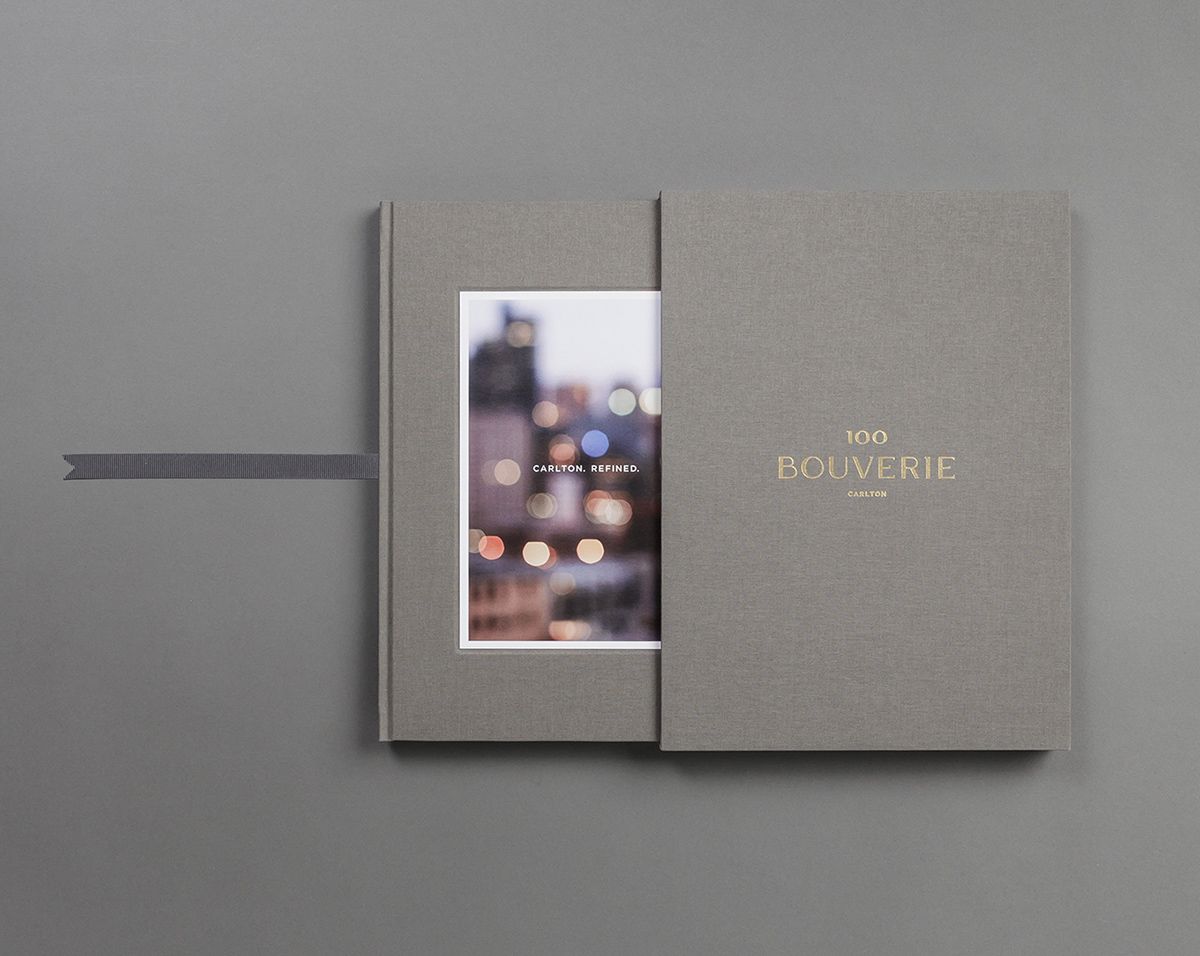
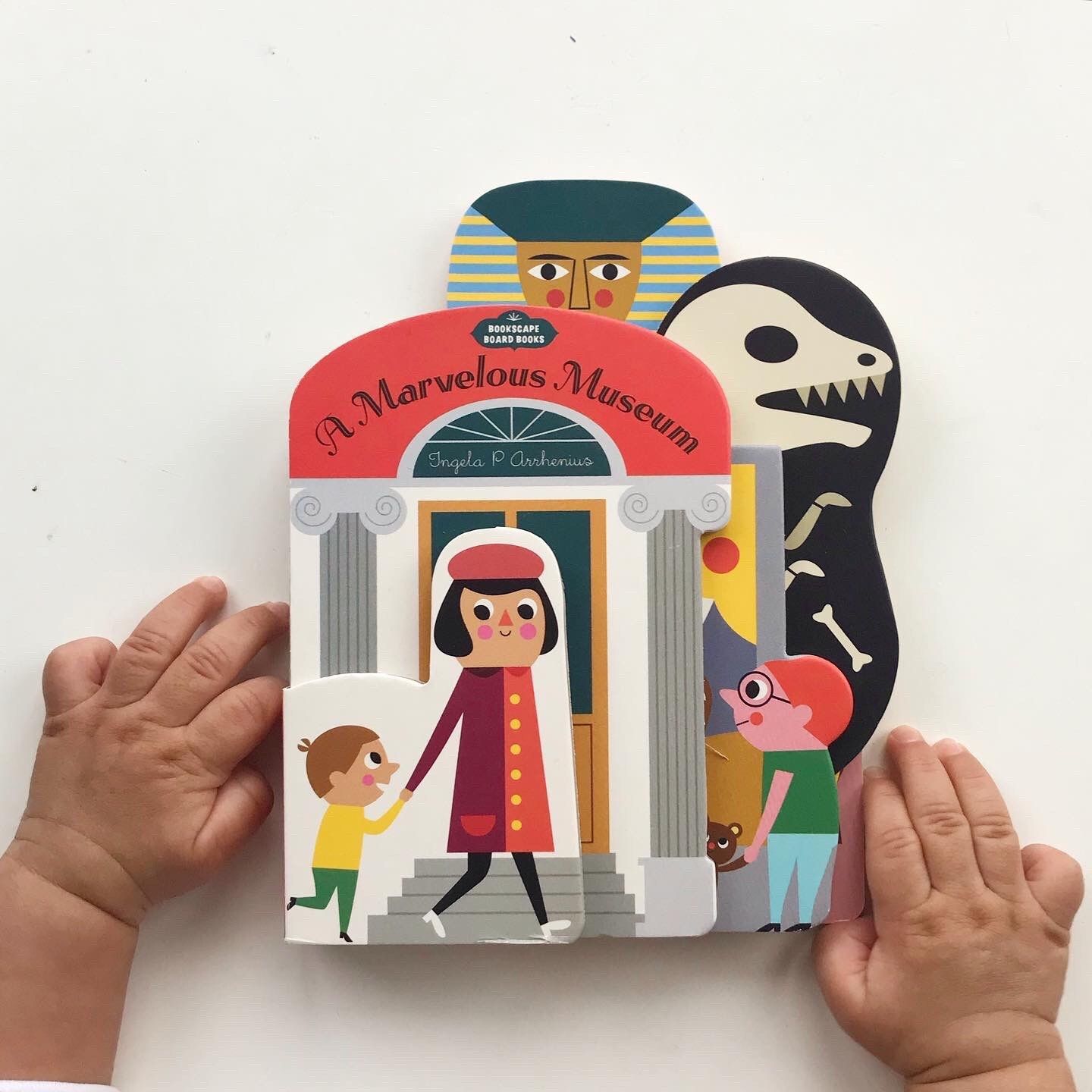
보드북과 하드커버의 차이점은 무엇인가
어린 독자를 대상으로 문학 작품을 출판할 때 하드커버든 보드북이든 올바른 인쇄 형식을 선택하는 것은 독자의 특정 요구를 충족하는 데 중요한 역할을 합니다.
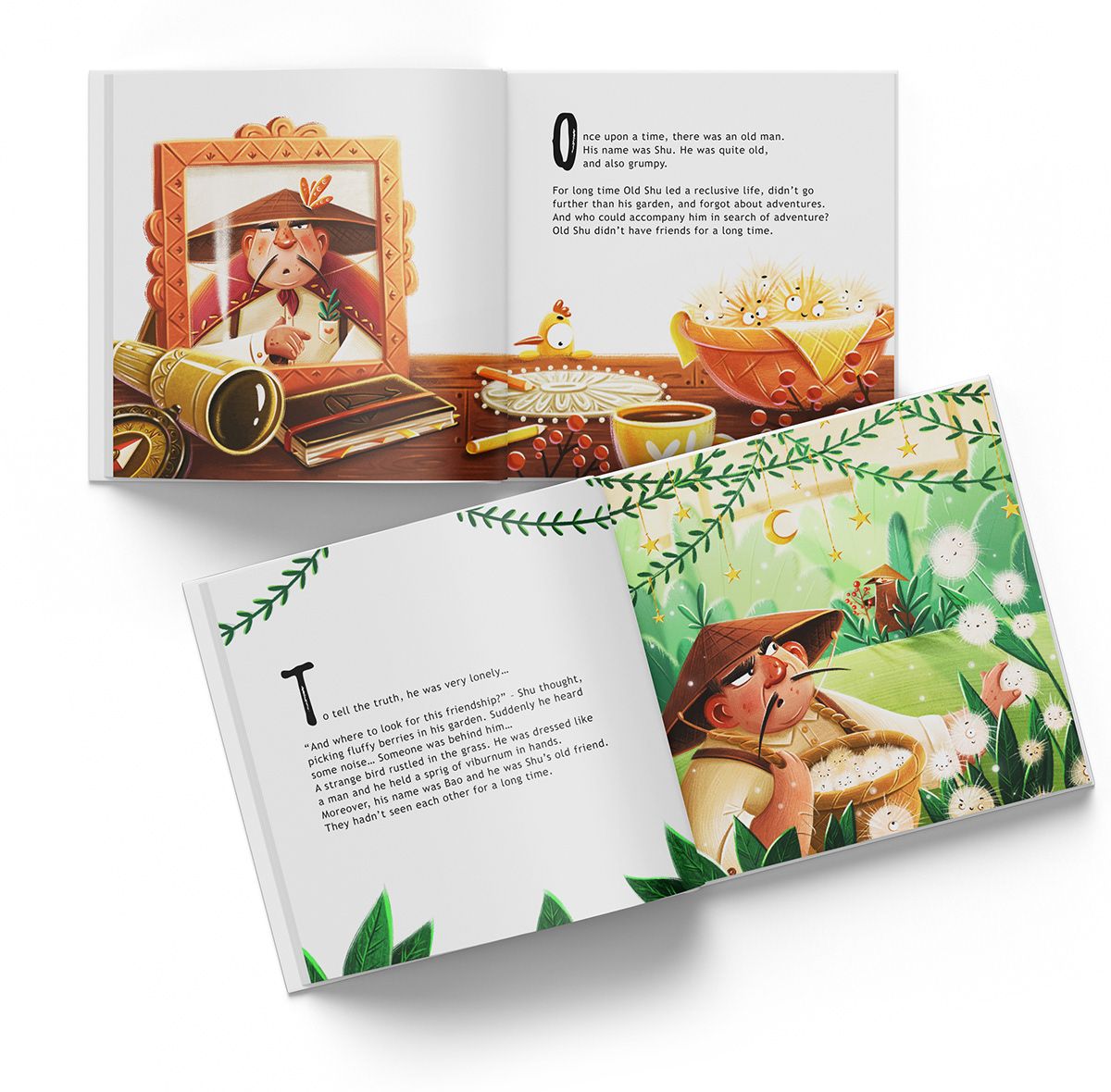
아동 도서를 인쇄하는 데 드는 비용은 얼마인가요?
당신은 32페이지 분량의 아동 도서를 쓰고 삽화를 그리는 데 온 마음을 다했고, 이제 그것이 인쇄된 작품으로 살아나는 것을 보고 싶어합니다. 도서 인쇄 공장으로서
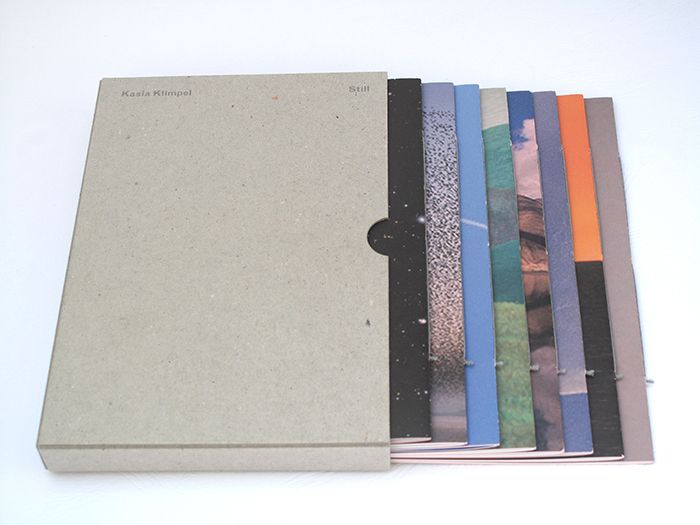
문의하기
- +86 13946584521
- info@booksprinting.net
- 8:00 - 22:00 (월~일)
댓글
관련 블로그
도서 인쇄 사업의 최신 트렌드와 일반적인 지식을 찾아보세요.
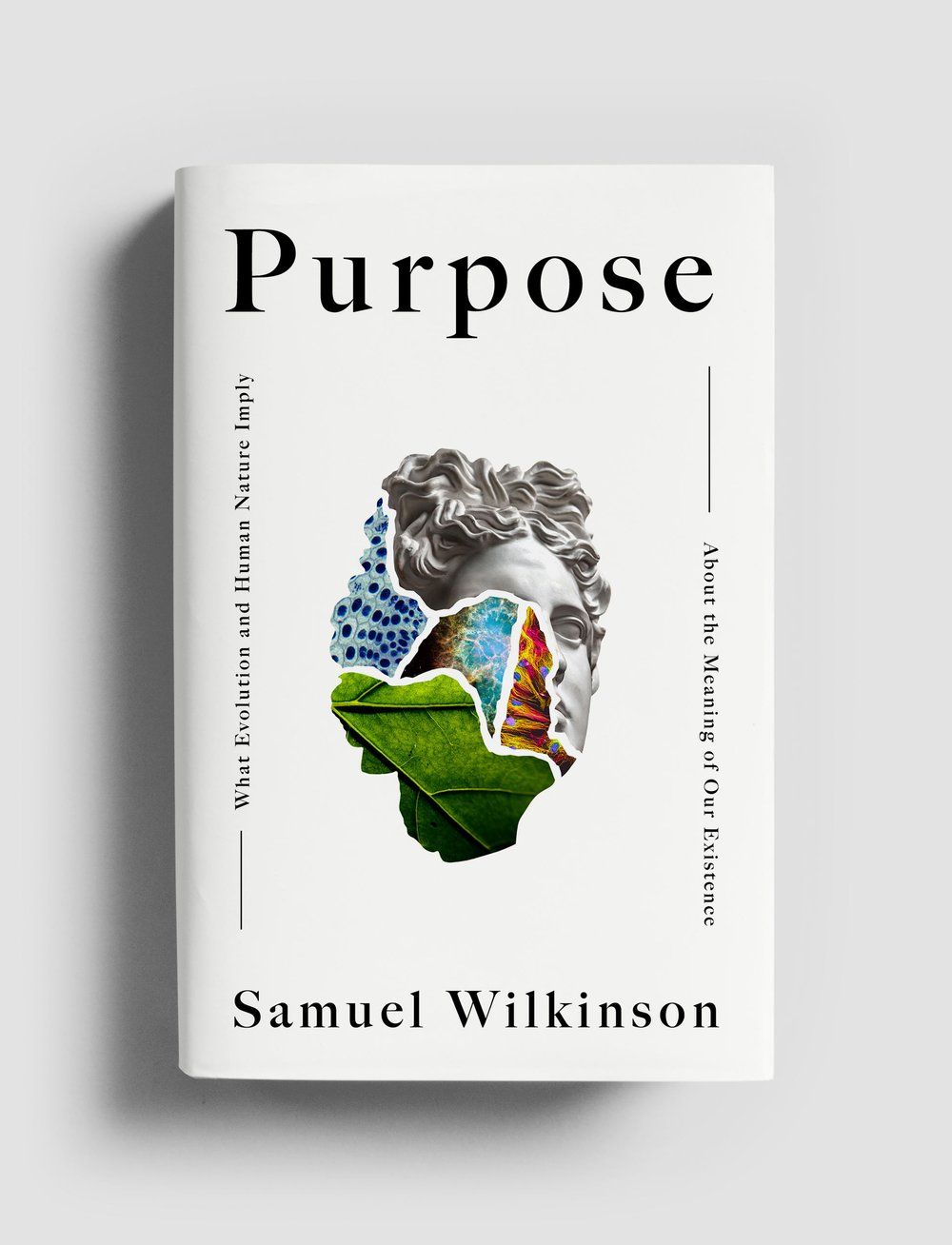

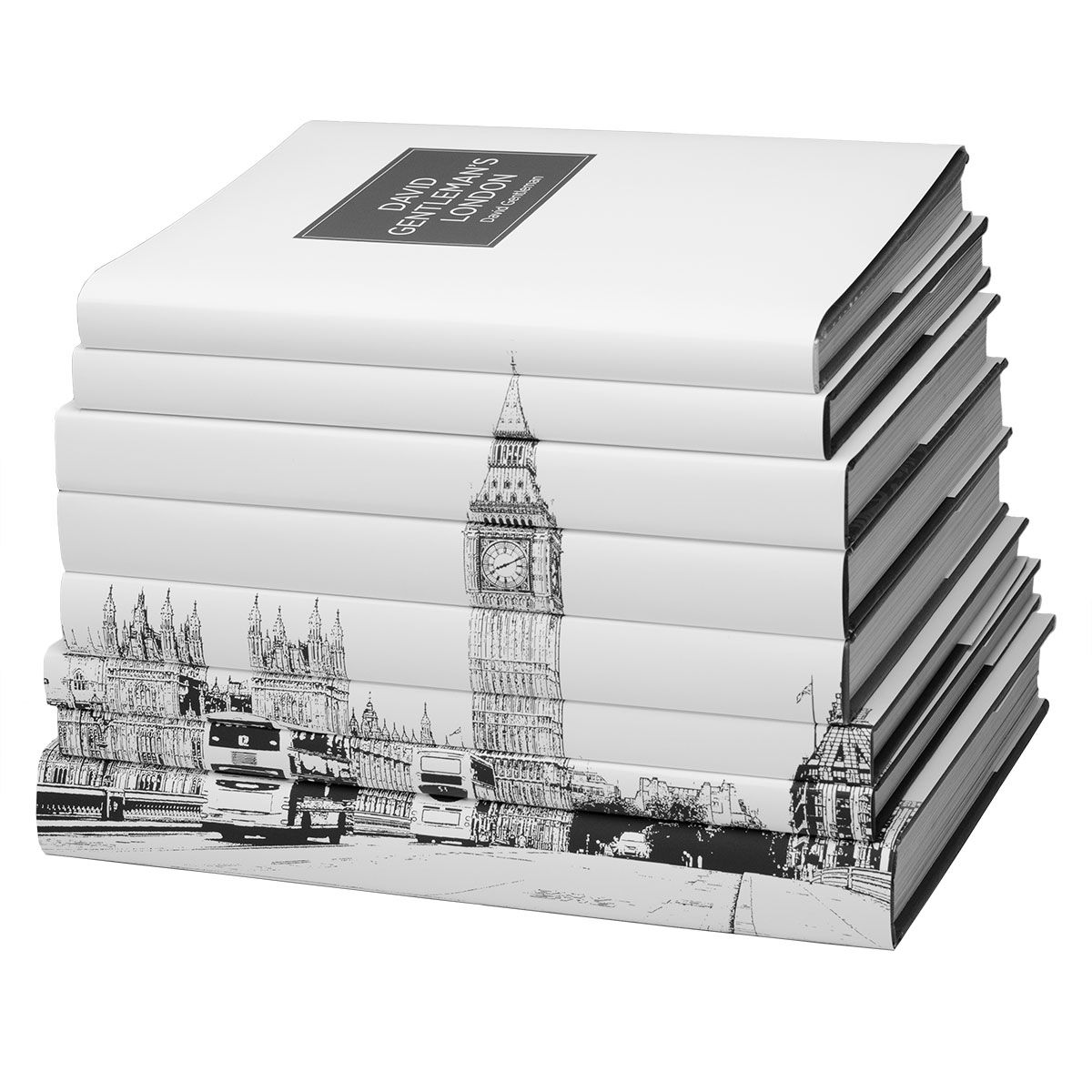
중국에서 올바른 책 인쇄 공장 선택
당신은 야심찬 작가이거나 문학 작품을 생생하게 표현하고 싶어하는 셀프 퍼블리셔입니까? 올바른 책 인쇄 공장을 선택하는 것은 출판물의 품질과 성공에 상당한 영향을 미칠 수 있는 중요한 단계입니다.
